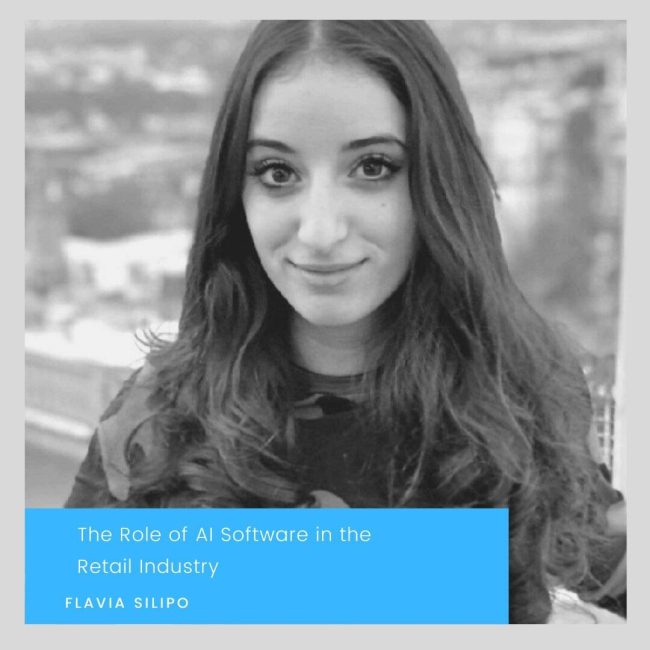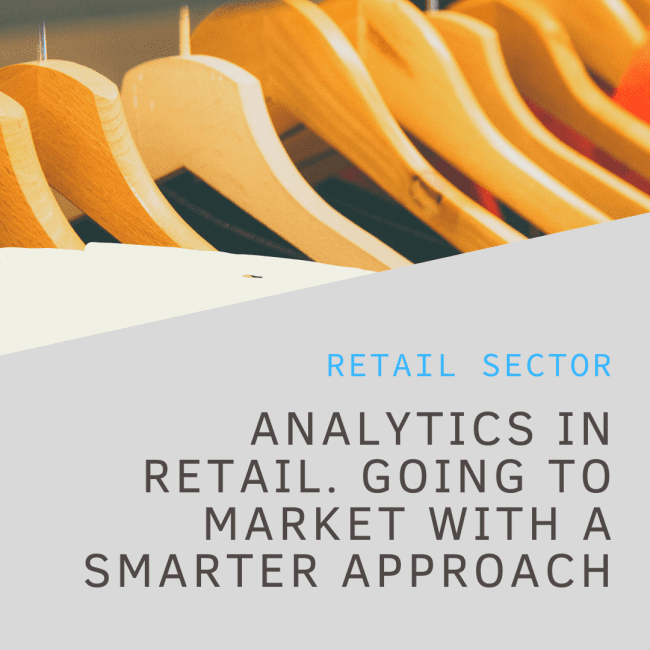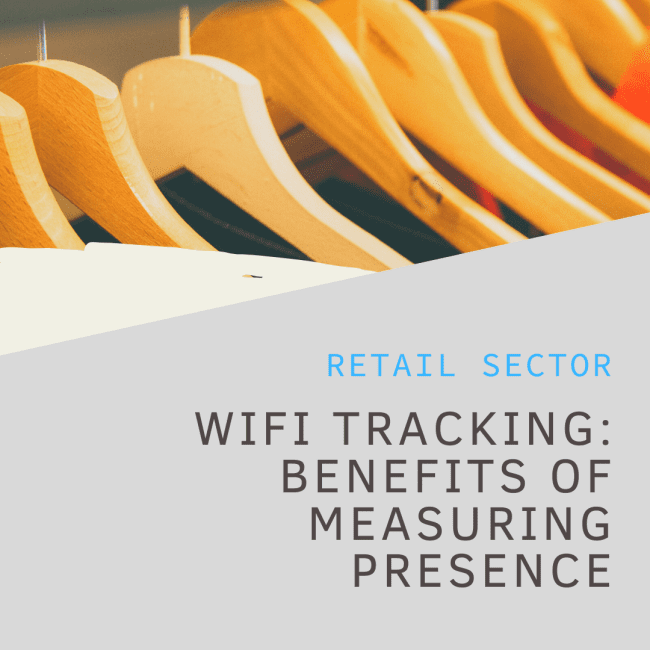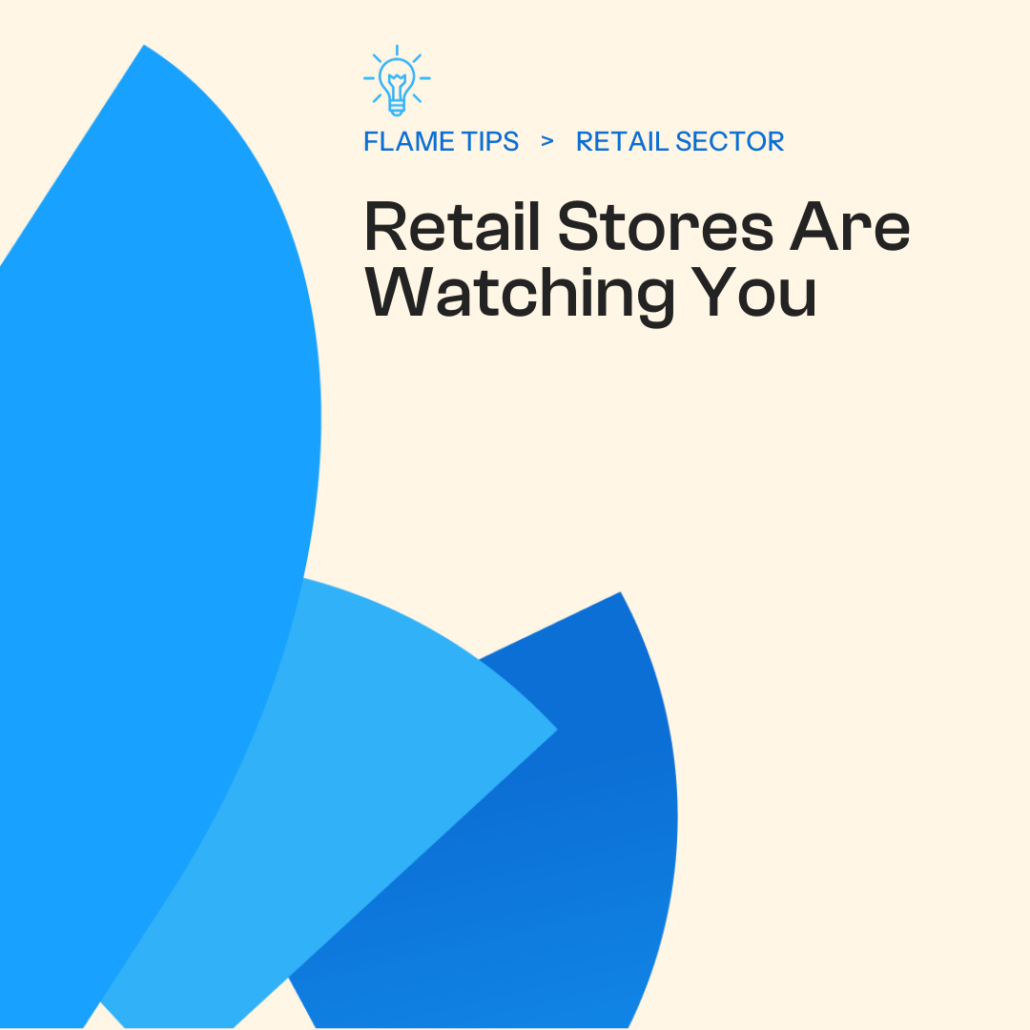Artificial Intelligence (AI) is revolutionizing every business sector, including retail. Because internet use is making competition more difficult, retailers need to find ways to better understand their customers’ needs and preferences, so that they can develop winning offers accordingly.
In retail, artificial intelligence (AI) – including machine learning and deep learning – can help generate these insights. In addition to automating some marketing activities, artificial intelligence in stores can act as an insight catalyst, aggregating large quantities of raw data and transforming it into useful, actionable information. So, if you’re a retailer looking for more information about this new technology, keep reading. In this article, we discuss how AI software plays a key role in the retail sector. Let’s get right to it.
- Personalized customer experience
Whether it’s a small shop or a superstore, retailers struggle to provide customers and visitors with a personalized shopping experience that encourages them to buy.
Retailers should begin working on knowing and understanding their potential customers’ needs and preferences in order to provide them with an outstanding shopping experience, which will make them want to convert into paying and loyal clients, and help you get new customers.
While this might seem impossible to accomplish manually, there are some AI-powered programs today that can aid retailers in this endeavor.
Systems such as point of sale (POS) systems can capture information about what was purchased and suggest new products to customers based on that information.
Additionally, digital signage enables merchandising to better target its promotions by understanding what type of customer shops when.
The result is better segmentation and more personalized experiences tailored to each individual.
- Automated inventory management
Every retailer’s biggest challenge is maintaining and managing inventory. If your team isn’t large enough, managing sales and inventory together can be quite challenging and time-consuming.
A poorly managed inventory, however, could result in out-of-stocks and the loss of potential customers and sales.
Besides this, without knowing which products you sold and which ones are coming in the inventory, you can’t do the right analysis about most appreciated and sold products, costs, etc.
Today, inventory management is no longer a problem thanks to artificial intelligence-powered technology that gathers and processes information from sensors, cameras, and other sources.
For example, by using POS systems, you can keep track of the products you sell, the ones that are arriving, and when your stock runs out of specific products, making it possible for you to order more stock right away.
Smart shelves are another form of AI inventory management used to identify out-of-stock items and price errors. In addition, inventory robots can notify staff when stock levels drop or items are misplaced, ensuring accurate inventories.
As a result, retailers can run their stores more efficiently and give their associates more time to focus on improving the customer experience.
- Enhanced customer service with artificial intelligence as a service
Another aspect of the retail industry that frightens almost every retailer is customer service. Customers are becoming more and more demanding in terms of speed to receive an answer and the practicality of the solution provided.
Accordingly, there must be a professional or a team, based on the size of the store, who are exclusively responsible for providing customer service. Sometimes, especially for small business owners with tight budgets, this is not possible to accomplish.
Providing poor customer service, on the other hand, means losing clients and, therefore, money.
In addition, Gartner reported that 33% of all buyers prefer a seller-free sales experience-a preference that rises to 44% among millennials.
Fortunately, artificial intelligence can help with this as well.
The use of AI-powered technologies and software ensures immediate customer service in-store.
Think about a client who finds and wants to buy a product, but the tag price is not displayed, so the client looks for a shop assistant, but either can’t find him or her, or he or she is too busy with another client. This could cause the client to become impatient and leave without making a purchase.
In such a situation, artificial intelligence can overcome the problem. There are now AI software and tools, such as aisle kiosks, that allow customers to scan QR codes and receive information, including details, price, description, stock, location, and more, about a specific product.
This guide on artificial intelligence as a service explains how processes such as these can be easily automated.
- Price predictions and adjustments
The task of predicting prices and adjusting them accordingly was a complex, often impossible one for retailers until a few years ago.
All retailers could do was predict intuitively that at some point in time it would be possible to raise prices for certain products, because people would still buy them, for example, due to seasonal demand.
AI software today allows retailers to predict the price at which a particular item will be purchased, thanks to its predictive capabilities.
AI systems analyze all available information, including data that appears every second, compare current data with historical data, analyze trends, competitors, and buying behavior, and on this basis provide the most accurate forecast about what price will suit particular users at a certain point in time.
Furthermore, AI software will empower retailers with the ability to change prices quickly and easily through centralized systems that require only a few, effortless steps for changes to be made.
- Cashierless checkouts
Handling endless queues, especially in big stores, is a nightmare, for the staff as well as the customers.
The majority of the time, clients get impatient and frustrated when this happens. They rather leave and not make a purchase.
The result is an increased rate of unsatisfactory customer experiences and a decrease in sales.
A problem of this nature compelled retailers to find alternative solutions to deal with it.
Once again, artificial intelligence has made it possible to invent a new solution: cashierless checkouts.
Such AI-powered tools are equipped with cameras and weight sensors that automatically track customers and the items they pick up (and put down). Some of them don’t even require customers to scan the products, and they can leave the store without having to interact with cashiers.
Also, smart self-checkout systems accept loyalty cards, coupons, and transactions via mobile phone. Additionally, integrated video analytics identify products when a barcode is missing or unreadable.
- Theft prevention
In-store theft is another issue retailers are forced to deal with, as it can lead to heavy, irrecoverable losses.
Luckily, the use of artificial intelligence was also able to solve this issue.
Similar to the AI-driven surveillance used in checkout-free stores, AI-enhanced theft-prevention software help to prevent shoplifting by monitoring in-person shoppers through CCTV footage.
The systems have sufficient intelligence to detect potentially suspicious behavior and alert security guards, which is a big improvement over CCTV systems that must be monitored by humans.
- Virtual fitting rooms
Similar to cash registers, fitting rooms get crowded as well, and long lines form. Many customers will get impatient and renounce trying on clothes in such a situation. If they don’t try them on, however, they may have doubts about whether they’ll fit, which could cause them to leave the store without purchasing.
Consumers can access AI-powered “virtual mirrors” to see how they would look in clothes available at retail stores. In these systems, augmented reality (AR) is used to display merchandise, such as clothes and accessories, directly on a live video image of the customer.
This can reduce customer wait times, as well as streamline the fitting process by giving them an innovative, new fitting experience that can increase their satisfaction levels.
- Advertising in-store
Advertising materials like billboards, flyers, and other printed materials might help get you more exposure, but they won’t help you learn more about your customers and what they need or like.
Ads like these can’t be tracked. You can’t figure out who saw them, how many interacted with them, and so on.
In today’s world, new technologies coupled with artificial intelligence have solved such problems.
The use of artificial intelligence allows advertisers to measure the reach of their in-store ads, allowing them to find out how many people saw the ads, took actions, and interacted with them.
As a result, retailers will be able to gain some valuable insights and reshape your next marketing campaign accordingly to maximize its effectiveness.
Using AI-powered in-store signage advertising is a great way to reach consumers who represent your target audience and at times when they are most likely to be spending money.
Conclusions
Multilevel changes are occurring in the retail industry as a result of artificial intelligence.
AI software for retailers facilitates the automation and acceleration of some processes, involving all phases of the customer journey, from the moment they step foot into the store to the checkout phase.
By implementing AI-driven solutions within your store, you’ll certainly gain an edge over the competition and allow you to provide your customers with an outstanding, memorable experience that will keep them coming back.
Thank you for taking the time to read this blog post. Hopefully, it was informative and helpful to you.
If you want to read more, please check out this article on how AI is reinventing the mall experience.
Author
Flavia Silipo is a skilled SEO copywriter and digital marketing specialist with over two years of experience. You can find her on LinkedIn.







